
by Nicholas Mitsakos | Book Chapter, Currency, Digital Assets, Investments, Writing and Podcasts
Bitcoin is an innovative, rapidly expanding network for storing and exchanging value among investors.If it’s an asset, does it have an inherent value, like gold? Arguments about “inherent value” are, and always will be, meaningless. Is there really some kind of “inherent value” in gold? We just decided it was valuable to us. The same is happening with Bitcoin.
It’s a cryptoasset that has the safe haven characteristics of gold and will potentially compete with it for a place in portfolios. Bitcoin is not a currency and will not be adopted as a new medium of exchange. It is not a stable store of value, nor can it be easily transmitted and exchanged for any good or service at a consistently predictable value. But, that’s not important from an investor’s perspective. Bitcoin remains incredibly volatile, and its correlation with other major assets has been inconsistent, but allocations are seen as suitable among an increasing number of investment professionals, and, increasingly, it is seen as an alternative investment equivalent to a derivative or other call options, given the potential for spectacular returns. The downside is well-defined while the upside can be asymmetric and significant.

by Nicholas Mitsakos | Book Chapter, Digital Assets, Investments, Writing and Podcasts
Cryptocurrencies Hit New Highs. Should we be terrified?
Probably.
Bitcoin, Ether and, the most recent joke, frenzy, and punch line, Dogecoin, have increased 10x to 20x over the last 12 months. A spectacular return, but can it last?
Probably not.
The forces driving the eye-watering returns are the same as those that drove the insanity behind GameStop: the equivalent of a trading floor in every pocket funded with excess cash looking for disruptive investment opportunities and charging forward like an out of control herd – or lemmings – however you want to envision it. Cryptocurrency became the overwhelming target of Reddit day traders and mobs. Social media influencers, led by various forms of PT Barnum imitators like Elon Musk and many less sophisticated contributors, combined with the public listing of Coinbase to create a massive rally
Despite making inroads, Bitcoin and other digital currencies are still only a tool for speculators. There is no prospect of stable value enabling the fair exchange of assets for goods and services. It is a store of value, but much like any speculative asset, it can be a store value that fluctuates wildly.
That is not to say that some speculative assets, whether they be works of art, sports cars, or digital currencies can’t ultimately have long-term value and generate excellent investment returns. But digital coins are only one part of the digital asset platform, and will most likely prove to be a sideshow. The real opportunity for value creation, sustainability, and appreciation is the right business model and digital platform for the creation of digital assets that are easily and securely exchanged
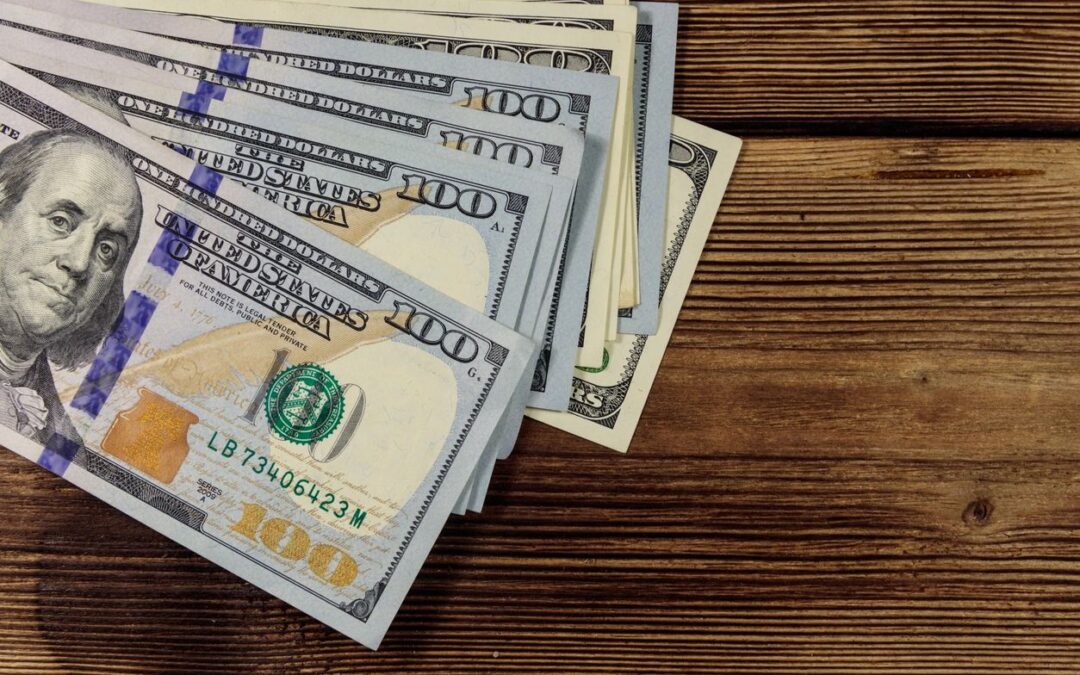
by Nicholas Mitsakos | Book Chapter, Finance, Writing and Podcasts
Initiative, savvy, luck, circumstance, and convolution have taken over currencies – or at least digital creations purported to be currencies (but in reality don’t, and never will, quite fit the bill). Those entities that create and support real currencies are taking notice. In other words, welcome to government in action. Here come central bank digital coins
Luck rather than leadership, circumstance rather than foresight or political skill, seem to have been more helpful in triggering these developments. Digital coins (while loosely described as “currency” are more like a digital asset easily transferred and accounted for in a digital ledger) represent a handful of rather clever people taking on central government’s mighty bureaucrats. Armed with simplicity, clarity, and algorithms, they are defeating all administrations’ fondness for complexity, confusion, and rules.
In general, bureaucrats are masters of the art of convolution. Essentially, governments work overtime to create farce in the spirit of precision. An example of bureaucratic absurdity can be found in France (admittedly, a country that has taken bureaucracy to an art form – perhaps more so than art itself). When the government started a new lockdown because of the pandemic, they devised a two-page permission form to leave home, with 15 different justifications, before, thankfully, shelving it in the face of ridicule. The French can buy alcohol, for instance, but not underwear. These rules were simply to be able to walk out the front door, and the government imagined that this kind of detailed process was somehow useful, and not the bewildering reality it represented.
Now imagine these “developed” governments (of whom France is probably not the worst offender) trying to deal with a global currency, currency exchanges, and the transfer of funds internationally. We don’t have to look too far to find the convoluted rules behind Bretton Woods, the WTO, and other international absurdities to recognize that this problem is not easily solved, or even understood. Bureaucrats are generally better at devising rules, charging fees, and collecting taxes and information than making anything that is useful or even comprehensible.

by Nicholas Mitsakos | Book Chapter, Investment Principles, Public Policy, Writing and Podcasts
Inequality is not an appropriate measure of economic performance or wealth creation.
Inequality is a relative and comparative statistic. It shows how wealth is distributed, which is not that meaningful, and certainly should not be the basis of economic policy. Essentially, inequality is a comparative metric and not an absolute one. That is, if everyone does better but a few people do much better, inequality increases, and this is seen as something bad even though everyone is better off. It is used to create misleading policies that focus on redistributing wealth that is created versus policy that should be focused on enabling greater and more distributed wealth creation – not wealth capture. Policy should focus on how to best create wealth for more people. The absolute degree of wealth creation is beside the point relative to other people. Creating opportunity for the most people is what matters.
As an example, overall wealth has increased over the last 30 years for every population group, but for the highest group, it has increased more substantially. But, why is that a problem? Instead, it is a natural and unavoidable outcome of the free market.
Here’s the analogy: if you want to hold a lottery, the prize has to be disproportionately large to have the most participants to raise the most capital. The simple goal is that net outflows (prizes) are smaller than the net inflows (contributions or purchased tickets). This is very similar to business opportunities and wealth creation.
As an economy, we want as many contributors to wealth creation – entrepreneurs and new businesses driving economic growth – as possible. The only way to do this is to enable market participants to have the greatest possible reward without restrictions. Most businesses will fail (much like most lottery tickets lose). But, because we have increased the number of willing participants, we also increase the opportunity to create the most wealth – the most businesses, jobs, and economic growth, as well as increasing the tax base from both businesses and individuals. So wealth creation, even if it is concentrated mostly in a handful of people, benefits the overall economy and society much more effectively than any attempt to limit that upside or redistribute it through politically popular but inefficient and demotivating policy.
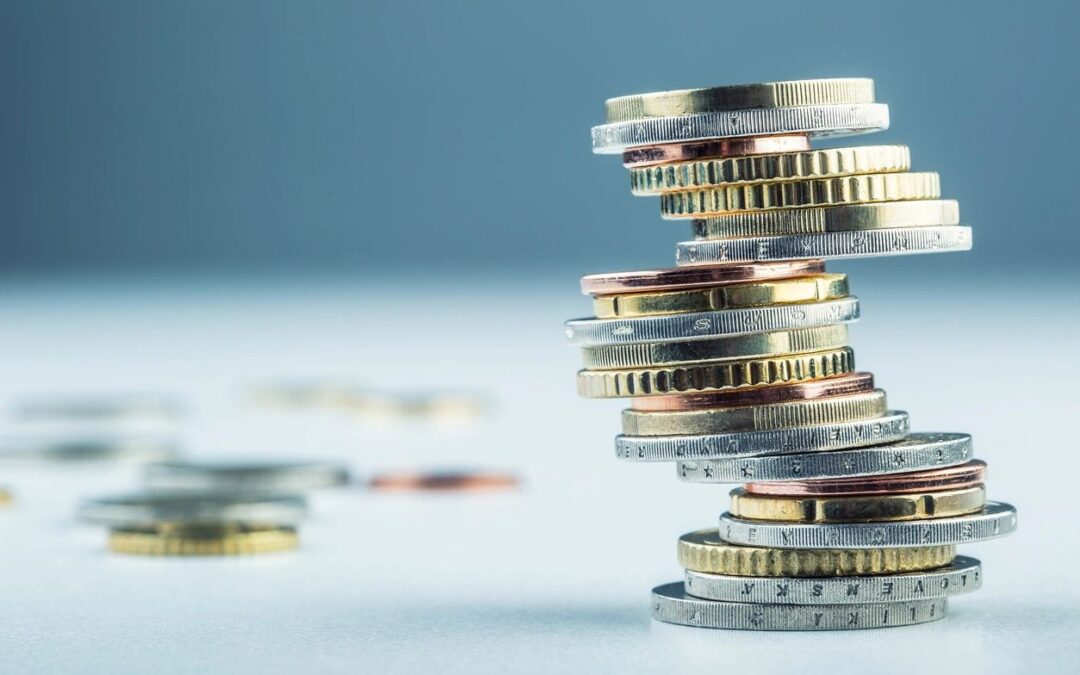
by Nicholas Mitsakos | Book Chapter, Economy, Public Policy, Writing and Podcasts
The world economy is struggling to escape the Covid-19 economic shock. During the worst of this pandemic, the world’s developed economies provided an enormous fiscal stimulus on a scale not seen since the second world war.
Now, however, the US is proposing to more than double its already generous fiscal stimulus. Is this a good idea or excessively risky?
Go Big, But Where?
For its proponents, the idea of “going big” is designed to be a transformative political moment. But too much appears allocated inefficiently, and it may simply be irresponsible.
An easy money era produced only anemic growth. But the scale and direction of additional stimulus look more like irresponsible fiscal policy leading to significant overheating and the waste of resources. While there is a strong case for a more aggressive approach to fiscal policy, that policy still needs to be grounded in economic realities and reasonable priorities. These are not.
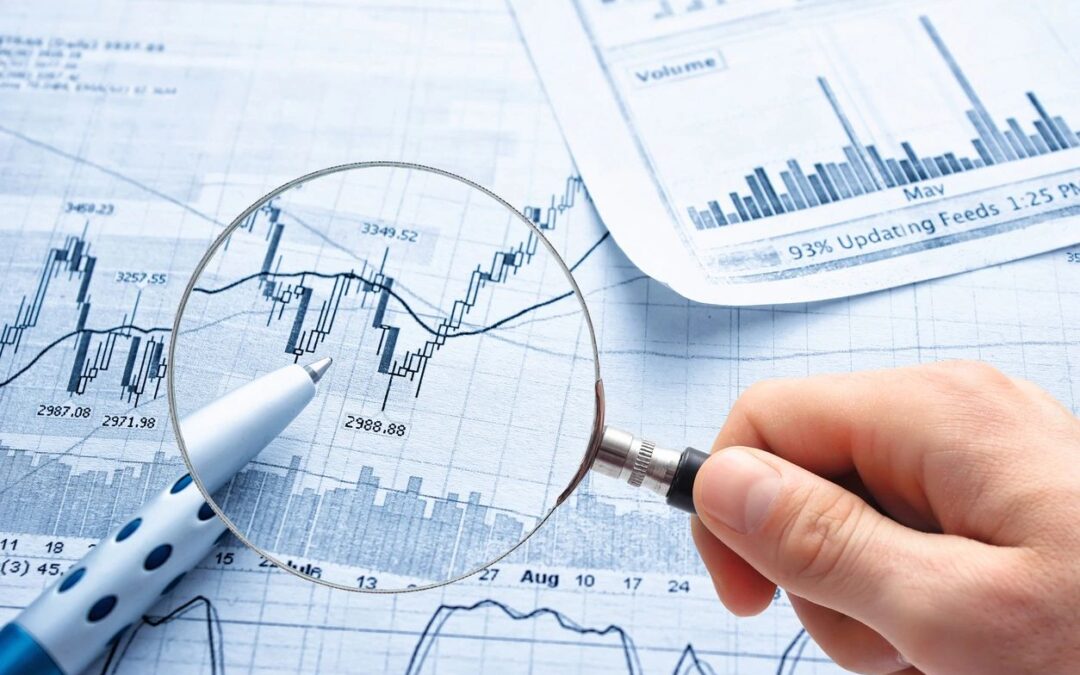
by Nicholas Mitsakos | Book Chapter, Investment Principles, Writing and Podcasts
Risk is the permanent loss of capital.
It is not volatility, nor is it uncertainty. It is the realization of a loss. Therefore, risk is hard to understand because it is only clear with hindsight that a loss has occurred. Understanding how risk works can avoid this permanent loss by avoiding the mistakes that cause the permanent loss of capital.
Risk can also be used advantageously. Knowing that there is the prospect of loss, planning, and investment strategies that profit from these losses put you on the right side of the equation. Risk can be used to an investor’s advantage.
Essentially, anti-fragile (to coin Naseem Taleb’s term) strategies can benefit from volatility, uncertainty, and loss. Randomness permeates all markets, which means risk is always present. Knowing that, investment strategies need to be able to withstand unpredictable or unforeseen stresses. Not all risk factors can be known, or even if potential risks are identified, the magnitude and timing are unknown. What can be certain is that they will occur, and a portfolio that is “fragile” can be devastated
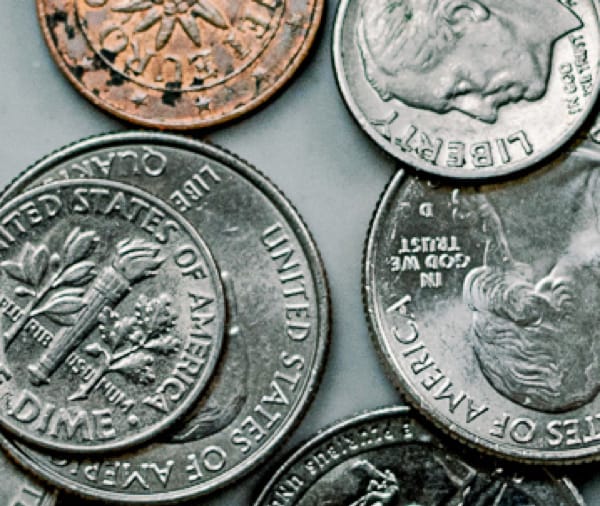
by Nicholas Mitsakos | Book Chapter, Currency, Investments, Writing and Podcasts
Coinbase, Bitcoin, Ethereum, and Dogecoin
Everything you don’t understand about money combined with everything you don’t understand about computers.
Bitcoin and other digital currencies are going mainstream, and along with that, increased volatility. Last week, cryptocurrencies jumped in value as Coinbase, a cryptocurrency exchange, became a publicly traded company worth approximately $100 billion. In other words, trading in digital currencies, with all the expected volatility and unpredictable nature such securities bring, is here to stay.

by Nicholas Mitsakos | Book Chapter, Investment Principles, Writing and Podcasts
Prepare for more frequent and extreme volatility. New and powerful influences, ranging from social media and financial technology to algorithmic trading and esoteric valuation models, will increasingly upset market stability and bring unprecedented rewards and unpredictable disaster.
Predictable market conditions will be upset by sudden unpredictable movements.
Financial markets can be predicted reliably only when the world does not change. Even during periods of stability, judgment based on expectations and assumptions as much as hard facts and economic analysis, form the basis for buying and selling decisions. Market crashes and financial crises are a continuing and breathtaking reminder that markets are irrational and uncertain. Taken to an extreme, the combustible combination disrupts global markets and societies. New analytical tools and technologies appear to make worrying about unforeseen risks obsolete. But this naïve belief in technology’s ability to understand and predict catastrophic risk is a fundamental cause of that very catastrophe.
Stability is illusory because in an uncertain world, unforeseen changes can have seismic effects. The pandemic is only the latest example, but there are always greater risks inherent in markets than is acknowledged, and most investment strategies do not accurately reflect the risk that certain investments are assuming for a given return. Safety can be an illusion if the risks are not well understood, both systemic and undiversified.
As we have seen, oversight, regulation, or any sort of self-imposed moderation will continue to be ineffective or nonexistent, and always trail behind the most dangerous and detrimental market developments. Financial weapons of mass destruction continue to multiply and are now available via smart phone in everyone’s pocket. Expect more and greater turbulence.

by Nicholas Mitsakos | Book Chapter, Investment Principles, Writing and Podcasts
Clear and coherent markets, free from political agenda, bad compromises, and ineffective regulation is almost nonexistent. The consequences are usually pyrotechnic. It is not as if the world hadn’t provided ample warnings about the risks associated with irresponsible finance. History has centuries worth of such examples, but even looking at recent events over the last 25 years is illuminating.
In spite of Alan Greenspan acknowledging the “irrational exuberance” of the markets in 1996, stock market valuations continued to rise. The warning signs of unstable economies were believed to be localized and the broader markets decoupled from this turbulence. This was naïve thinking then and outright irresponsible now.
The idea that markets are uncertain, and consistent prediction is essentially impossible, is not new. John Maynard Keynes published a book on probability and uncertainty in 1921, with this concept of uncertain and irrational markets forming the basis of his general theory of financial markets. So, years before the stock market crash of 1929, and almost every 10 to 15 years afterward, the cycle of financial crashes and panics was predicted by a well-publicized thinker, and then, as is typical, ignored. The lesson is simple, and Keynes laid it out 100 years ago: markets seem rational but only during periods of stability. Markets are uncertain. Predictive models work most of the time, and that is their fundamental flaw. They will fail. Investment models that account for uncertainty and failure succeed in the long term.
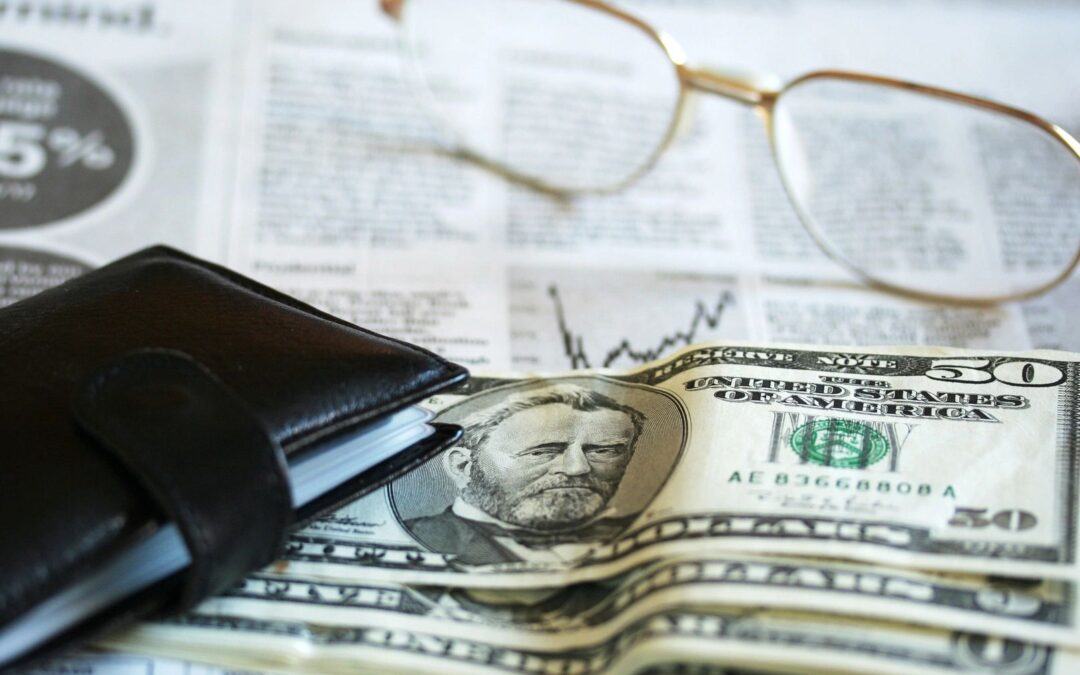
by Nicholas Mitsakos | Book Chapter, Economy, Writing and Podcasts
The pandemic, Fed interest rate policy and bond purchases, restrictive banking regulations, and banks’ swelling cash balances will have a lingering impact on liquidity and produce some mind-bending policies to deal with this uncharted territory. As the pandemic emerged in March 2020, strange things happened: Bond markets seized up and investors panicked. Bond yields spiked causing severe price declines. Credit default swap prices (debt protection derivatives) rose 100x in less than a month. The dollar rose and liquidity dropped for U.S. Treasuries, usually the world’s most liquid security. There was substantially lower demand at U.S. Treasury auctions. The Federal Reserve responded with an almost never-ending pile of cash, buying vast quantities of bonds with newly created cash. It has continued its purchases, at a pace of at least $120 billion a month. But this has not resulted in “happy days are here again.” This mountain of dollars is limiting liquidity and constraining markets. That’s right, read that again if you must – too much cash can constrain the economy.

by Nicholas Mitsakos | Book Chapter, Investment Principles, Investments, Writing and Podcasts
The Archegos implosion teaches the same lessons that apparently need to be taught over and over again. High leverage eventually brings margin calls. Margin calls equal disaster. Margin calls come when too much leverage is attached to securities linked to market volatility. All securities are linked to market volatility. There is no such thing as uncorrelated assets anymore. Investment strategies founded on the belief that the securities held are somehow immune from previously “uncorrelated” volatility are anachronistic. Combine these investments with substantial leverage intended to enhance returns, and this strategy ends in disaster. If it’s zero eventually, great quarterly performance is meaningless. It’s risk-adjusted return, idiot. Diligence matters. Questioning assumptions and decisions constantly are the table stakes for any investor. The too clever, overleveraged, overconfident manager believes work is done before an investment decision. That’s the beginning, not the end, and a failure to be diligent in a market with many more influences, uncertainties, and factors impacting a portfolio ends, well, the way Archegos ended. Watching carefully and acting quickly, getting out of suddenly unattractive positions, and revising thinking is almost as good as a good investment choice in the first place. Building a portfolio the way Archegos did is not investing. It’s gambling. The most important lesson is to know the difference.
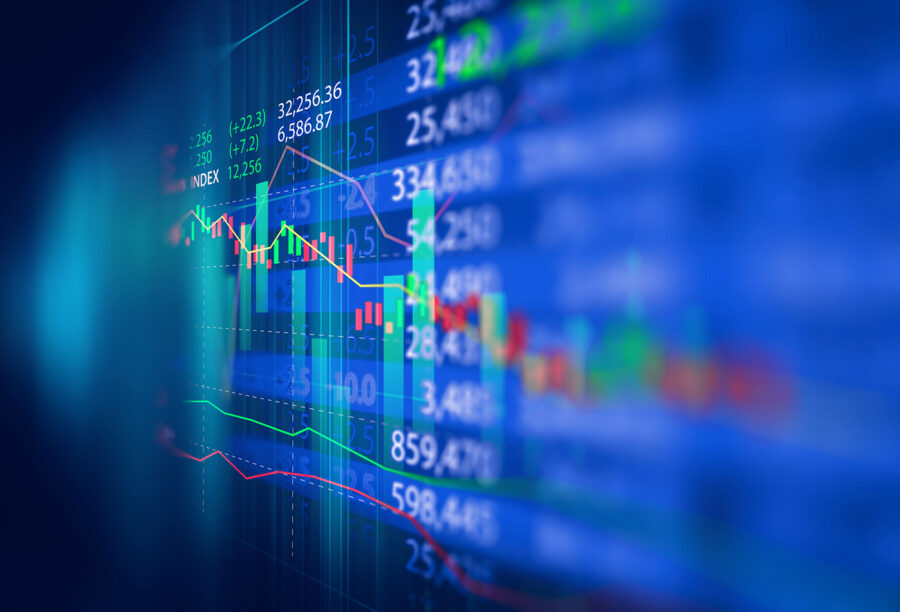
by Nicholas Mitsakos | Book Chapter, Investment Principles, Writing and Podcasts
When Everything is Going Great, It Probably Isn’t.
Things can only get better from here… said the turkey the day before Thanksgiving. It’s challenging to know when it’s too late because things go badly gradually, then suddenly.
It might be time to start worrying about tech-stock valuations. Usually, all it takes is a few overly ebullient stock analysts to set off an alarm. When unreasonableness takes over (remember all those analysts’ reports from March 2000? The NASDAQ could only go up and all those internet funds were going to double again in 2001?). In March 2000, the bellwether for this nonsense was Henry Blodget’s recommendation of Amazon with a target price of $400.00 by March 2001 (at the time Amazon was trading for about $60.00 a share). Instead of being $400.00 in March 2001, Amazon’s price was $5.97 per share.
Long Term Value Means Long Term
Of course, Amazon has created an amazing business model and is fundamentally rewriting technology services and customer logistics. Trading at almost 100 times earnings the market believes there is much more growth and profitability to come. Really? Regardless of your perspective about that, Amazon is an example of investments that are either “don’t bother it’s ridiculous” or “never sell it’s ridiculous.”
The market may stay permanently irrational about companies like Amazon, or Amazon may catch up to the market’s irrationality. What should an investor do? The answer is simple – don’t play. By that I mean you either buy the stock and ride the tiger (which means you can never get off – or sell) or stay out of the jungle completely – don’t ever buy. Half measures rarely have good outcomes.
Amazon is exemplary. This tiger has rallied substantially since those woeful days in March 2001 to close above $3,200 per share in February 2021. So, even if you listened to the absurdity belched out in March 2000, and on paper, had substantial losses from your Amazon investment for several years, if you held on, you are brilliant and rich (more like lucky; but it’s smarter to be lucky than lucky to be smart). Don’t listen to the analysts and don’t get off.












